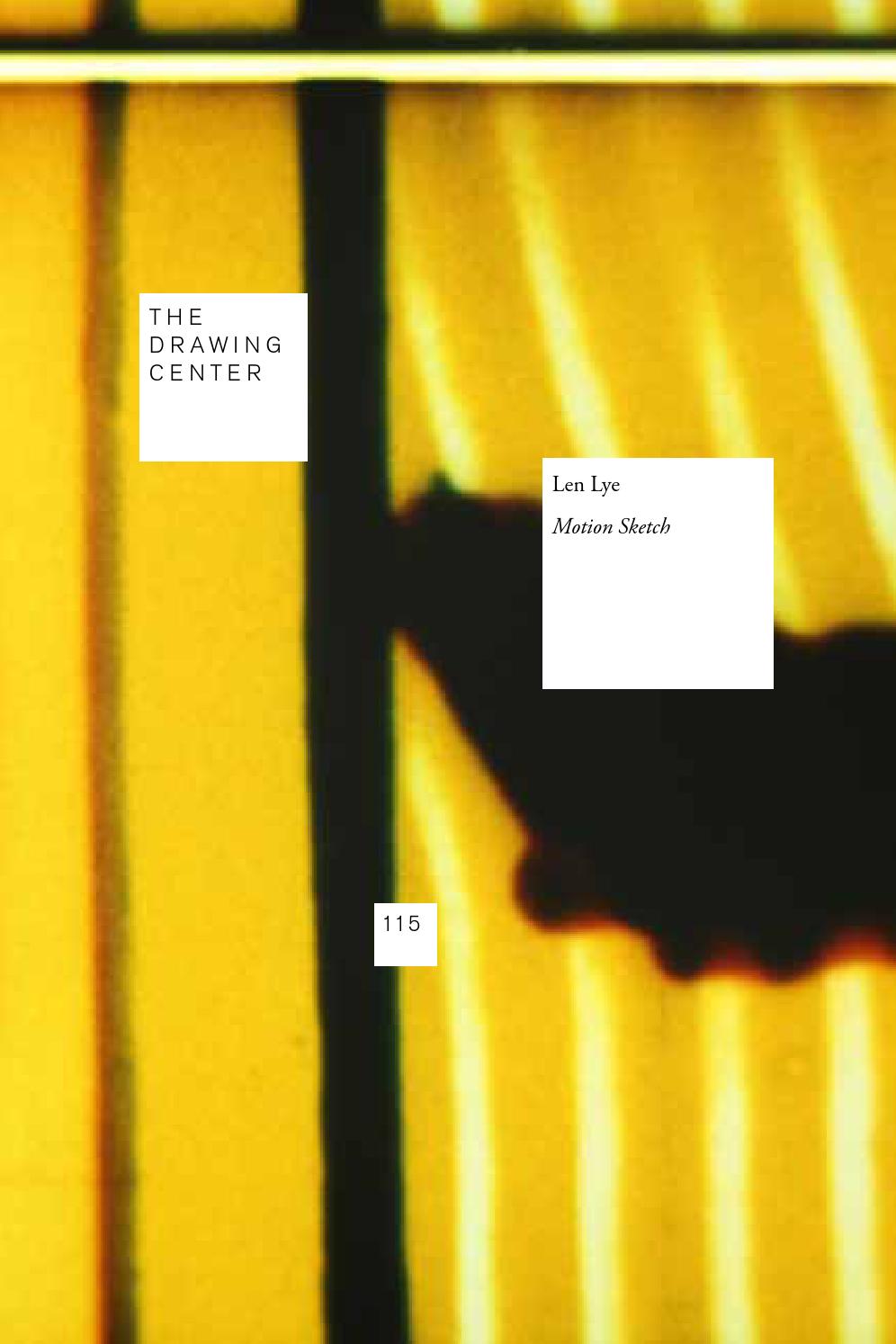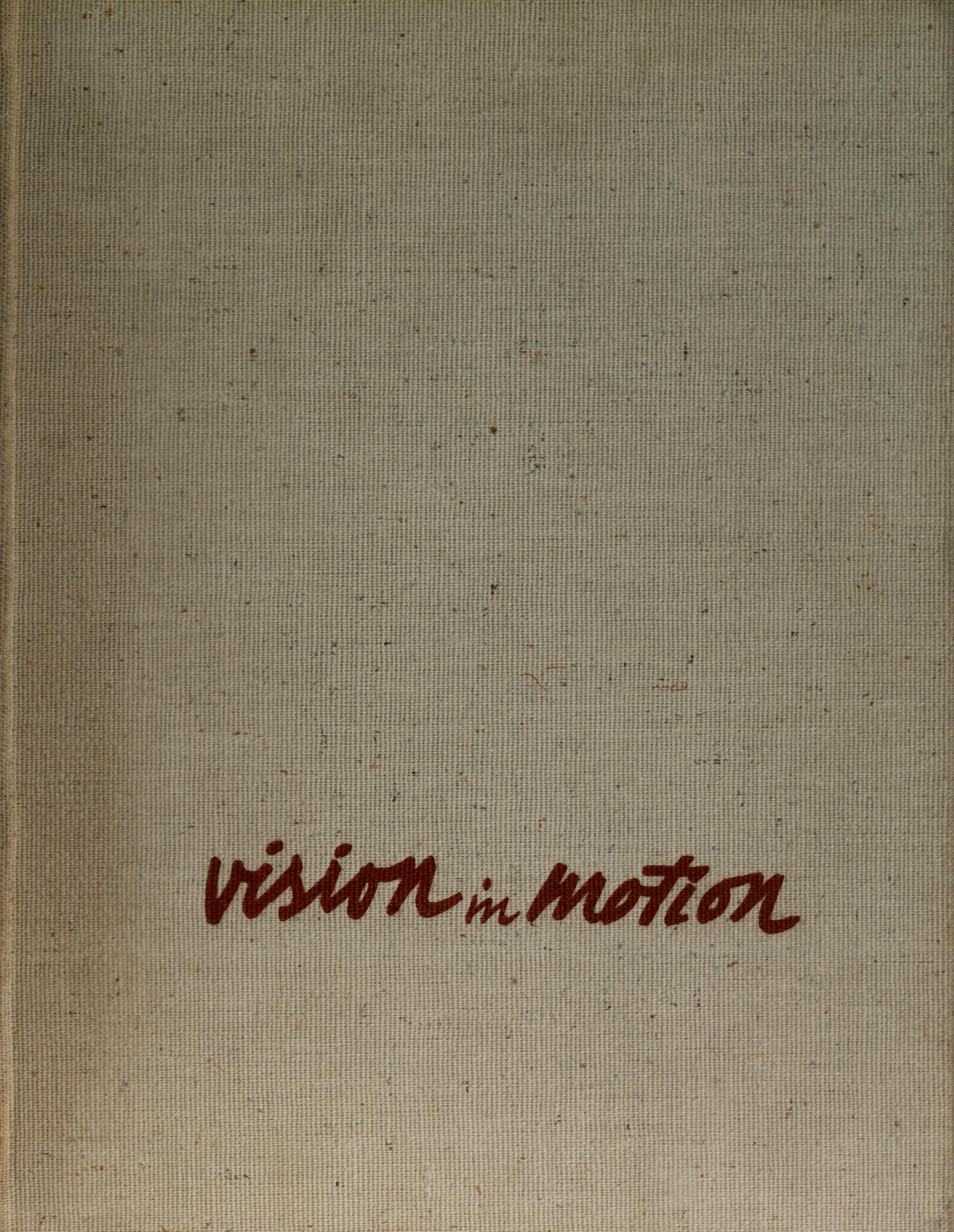Len Lye: Motion Sketch (2014)
Filed under catalogue | Tags: · drawing, experimental film, motion, movement, photography

“Len Lye’s career was marked by a lifelong fascination with movement and an aspiration to compose motion; the movement of the drawing hand was an important touchstone for his works in various media. In the 1920s, however, Lye began to make what he termed “motion sketches”; abstract drawings that attempted to render the movement of his subjects, rather than their appearance.
Motion Sketch reintroduces Lye’s multidimensional practice specifically in relation to drawing. Describing his drawing practice in his own carefree prose, Lye said that doodling “cultivates a vacuous seaweed-pod state of kelp as a skull which is attached to a pencil betwixt the arm and the fingers held doodling in turn ‘twixt you and the paper in a rather bemused, empty, harmonious state of an attitude, eyes periphering said paper.”
Lye’s kinesthetic approach to drawing—related to Surrealist automatism and anticipating aspects of Abstract Expressionism—also informed his practice in painting, photography, film and sculpture. Not limited to works on paper; the catalogue reveals how Lye’s concept of “doodling” underpinned his approach to much of his work. ”
Featuring a foreword by Brett Littman and essays by Gregory Burke, Tyler Cann, and Len Lye.
Publisher Drawing Center, New York, 2014
Drawing Papers series, 115
ISBN 9780942324853, 0942324854
97 pages
via publisher
L. Moholy-Nagy: Vision in Motion (1947)
Filed under book | Tags: · abstraction, architecture, art, art education, bauhaus, biology, design, film, image, industrial design, life, light, literature, machine, motion, painting, perception, photography, poetry, sculpture, technology, visual communication, visual poetry

“This book is written for the artist and the layman, for everyone interested in his relationship to our existing civilization. It is an extension of my previous book, The New Vision. But while The New Vision gave mainly particulars about the educational methods of the old Bauhaus, Vision in Motion concentrates on the work of the Institute of Design, Chicago, and presents a broader, more general view of the interrelatedness of art and life.” (from the author’s foreword)
Publisher Paul Theobald, Chicago, 1947
371 pages
PDF (114 MB, no OCR)
Comments (2)Dick Raaijmakers: Method (1985/2009)
Filed under book | Tags: · causality, language, motion, perception, poetics

This book doesn’t offer the reader what its title promises. It is not a method in the sense of a handbook or operation manual. It is rather a travel guide, albeit for travellers who already have reached their final destination. In the first part of Method, the traveller is a ‘mover’, setting himself into motion to change the world according to his plan. In the second part, a ‘perceiver’ follows the mover in his footsteps and meticulously reports ‘us’ on it through views. ‘We’ in our turn, receive those views and forge them into new concepts and plans. Because we are also ‘movers’, who want to travel and change the world. We have come full circle.
The title Method is derived from the famous work La méthode graphique (1878) by the French physiologist E.J. Marey. He has been the first to put to practice the principle of making motions visible through cinematographic means. Just like Marey’s method, Method aims to be working like a film. It wants to transport the motions of the ‘mover’ before the readers’ eyes phase by phase, like film stills on a film tape.
In order to do so, the perspective of both dramatis personae in Method, the mover and the perceiver, is kept extremely flat and close. Likewise, all headwords in the field of motion and perception are interpreted literally, and expressed in so-called language-views. Method has been written to put these language-views in words.
First published in Dutch as De methode, Bert Bakker, Amsterdam, 1985
Edited and translated by Vincent W.J. van Gerven Oei
Publisher Onomatopee, Eindhoven, 2009
OMP34 / Cabinet project
ISBN 9789078454359
384 pages
via Vincent W.J. van Gerven Oei
Review: Rene Beekman (Leonardo).
See also Raaijmakers’ The Destructive Character (1992) and A Brief Morphology of Electric Sound (2000).
Comment (0)
